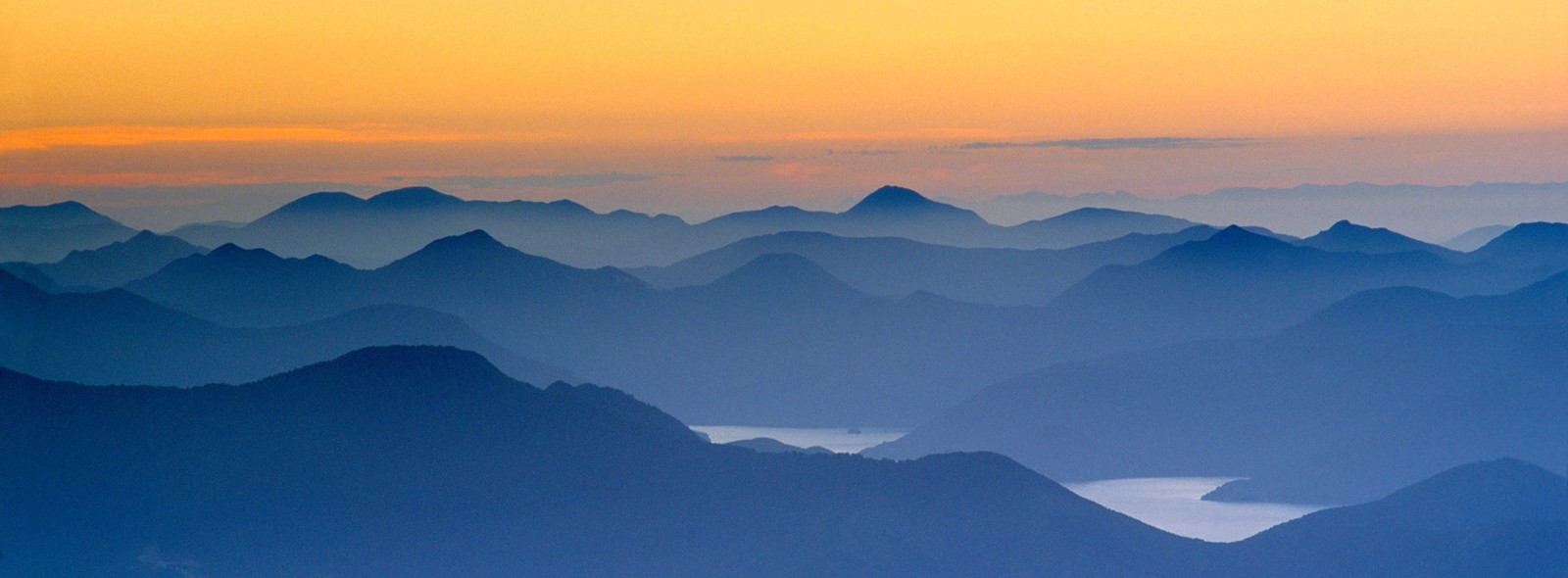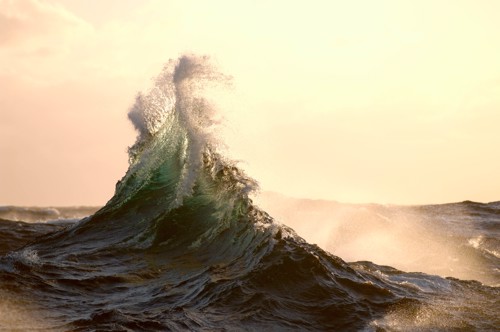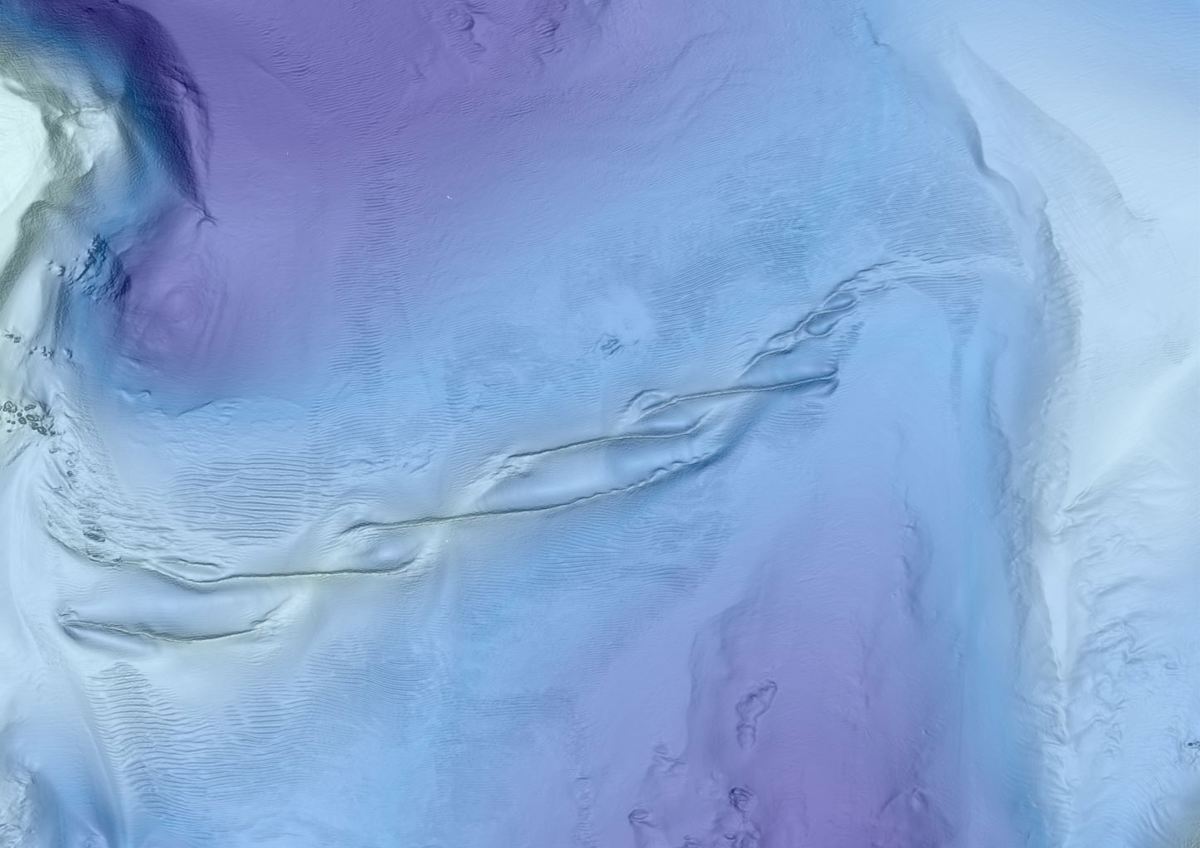Carbon stored in marine sediments needs protection
A new report released today reveals how much organic carbon is stored in marine sediments in New Zealand waters and how vulnerable this is to disruption from bottom trawling.
The report, commissioned by Simon Upton, Parliamentary Commissioner for the Environment, and carried out by the National Institute of Water and Atmospheric Research (NIWA) has produced the first inventory of organic carbon in marine sediments for the New Zealand Exclusive Economic Zone (EEZ).
It also presents the first vulnerability index for organic carbon in New Zealand’s marine environment – revealing which seafloor areas are most at risk of disturbance from bottom trawling.
“Marine sediments are one of the largest stores of carbon on Earth, yet globally little is known about how much carbon they store and what happens to the carbon when these sediments are disturbed.
“This research was commissioned to understand more about marine carbon stocks in the New Zealand context and how vulnerable these are to disruption,” explains the Commissioner.
The report estimates that approximately 2,240 million tonnes of organic carbon is stored in marine sediments within New Zealand’s EEZ, which equates to about 1% of the estimated global carbon stocks in marine sediments.
The organic carbon stocks are distributed unevenly throughout the EEZ with 66% found in areas deeper than 1,500 metres, 26% found on continental slopes and 8% in shallow coastal and continental environments.
“The Fiordland fjords, which represent only a tiny fraction of New Zealand’s waters, were found to contain 8% of our marine sediment carbon stocks, highlighting the value of this area as a carbon store.”
Marine organisms draw their carbon from the atmosphere, as plants do on land. As these organisms break down and sink to the seafloor, they add to the stock of organic marine carbon in marine sediments.
When disturbed, either by natural processes such as landslides, or human activities such as installation of offshore infrastructure, dredging or bottom trawling, marine sediments can become mixed into the water column and then transformed into organic carbon. This can be released once again as carbon dioxide either into the water or atmosphere depending on water depth.
As part of the research, NIWA produced a map to show which areas of marine sediments were most at risk of disruption from bottom trawling.
Data from Fisheries New Zealand show that much of the continental shelf and slopes within the EEZ have been trawled multiple times, as have deep-water environments on the Chatham Rise, Challenger Plateau and Campbell Plateau.
NIWA’s map shows that carbon stocks on the continental shelf and slopes are likely at risk of disturbance.
The research also highlighted specific areas off south Westland, the central northern Chatham Rise and along the coast from Kaikōura to Hawke’s Bay that have elevated organic carbon stocks.
“Research such as this is a first step towards understanding if ocean uptake of carbon dioxide and carbon storage can keep pace with human emissions, and how best to mitigate and adapt to future changes.”
As these stores are particularly vulnerable to disturbance, the Commissioner emphasises that further discussion is needed on how to ensure their protection. This could include limiting or mitigating human activities in certain areas or making greater use of marine protected areas.
“Effective stewardship of marine carbon stocks is essential. In the same way that we need to keep carbon in the soil on land, we need to keep carbon in marine sediments – the ocean’s soil.”
Explore
Find out more about the importance of Aotearoa New Zealand's marine organic carbon



